14 Strange Creatures That Can Survive The Coldest Temperatures
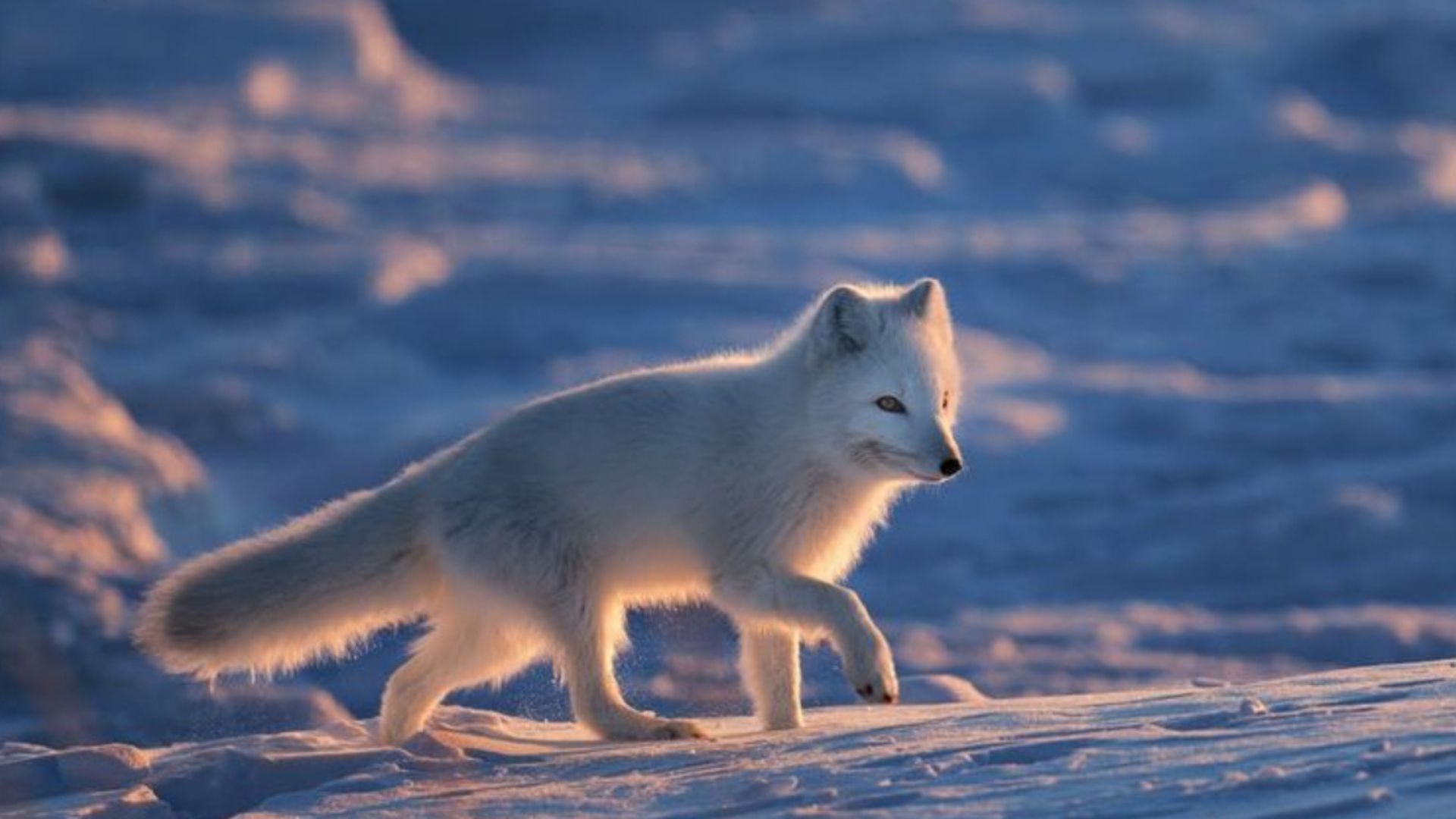
Nature has a way of defying expectations, and some creatures have mastered the art of surviving extreme cold.
From animals that can freeze solid and thaw back to life to those with built-in antifreeze, these strange survivors endure temperatures that would be fatal to most.
Whether buried in ice, hiding beneath the snow, or thriving in frozen waters, these cold-weather champions prove that life finds a way – even in the most frigid conditions.
1. Arctic Fox
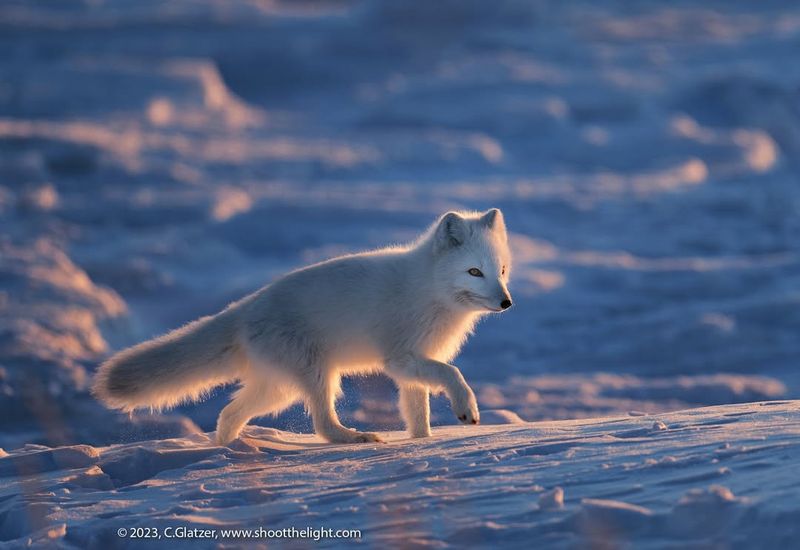
The Arctic Fox, a cunning survivor of the frosty north, sports a luxurious white coat that blends seamlessly with the snow. This clever camouflage not only hides it from predators but also aids in stealthily hunting its prey. The coat, incredibly, is more than just a disguise. It’s a thermal blanket, keeping the fox snug even when temperatures plummet to -58°F. The short and rounded ears, along with the compact body shape, reduce heat loss, making this fox an all-season wonder.
You might say it’s the Houdini of the animal kingdom, vanishing into the whiteness at the slightest hint of danger or dinner. Its bushy tail serves as a cozy wrap around its face, ensuring that frost doesn’t nip at its sensitive nose while it snoozes. The Arctic Fox is a master forager, feasting on anything from small mammals to seabird eggs. Its survival tactics include hoarding food in caches, a clever trick for leaner times.
So, next time you’re bundled up in winter layers, remember the Arctic Fox, the original snow-survival guru. This little canine certainly knows how to live in the frosty fast lane!
2. Emperor Penguin
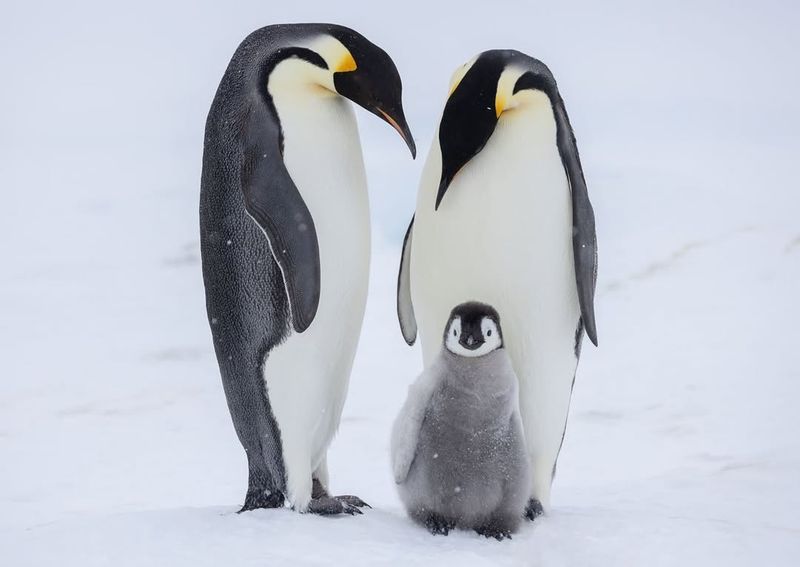
Marching across the frigid Antarctic plains, the Emperor Penguin is a testament to the power of teamwork and resilience. As the coldest-dwelling bird on Earth, it has adopted some truly extraordinary strategies to stay warm.
The secret lies in its social structure – a huddle of penguins is more than just a gathering; it’s a life-saving formation. By rotating positions, each penguin takes a turn on the wind-exposed outer edge, then moves inward to bask in the collective warmth.
The Emperor Penguin’s dense feathers and thick layer of blubber act like a natural wetsuit, keeping the cold at bay. Even their feet are designed for frost, with special adaptations to minimize heat loss. These penguins are the ultimate family birds, enduring the harshest conditions to raise their young. Males famously incubate the eggs on their feet, sheltered under a skin flap, while females brave the icy seas in search of food.
With their ability to dive over 500 meters in search of fish, Emperor Penguins are as at home in the ocean as they are on land. A true icy marvel, they epitomize survival against the odds.
3. Polar Bear

The Polar Bear, often dubbed the king of the Arctic, is a heavyweight champion when it comes to cold survival. Its thick fur coat, which surprisingly is translucent, covers a dense layer of fat, providing insulation against the icy climes. Underneath, black skin absorbs heat from the sun, a natural solar panel of sorts. These bears are the ultimate ice navigators, with large, padded paws designed for traction on slippery surfaces.
While they may appear cumbersome, polar bears are skilled swimmers, capable of covering vast distances in search of seals, their primary source of food. Often solitary, these giants can smell a meal from nearly a mile away, showcasing an olfactory prowess that is second to none. When not hunting, they conserve energy by resting or play-fighting.
In a world where ice is home and the temperature can drop to -40°F, polar bears thrive. They are remarkable creatures whose very existence is a reminder of the delicate balance of nature in the far north. With warming climates threatening their icy habitats, these magnificent animals face a precarious future. Nonetheless, for now, they reign supreme over their icy kingdom.
4. Snow Leopard
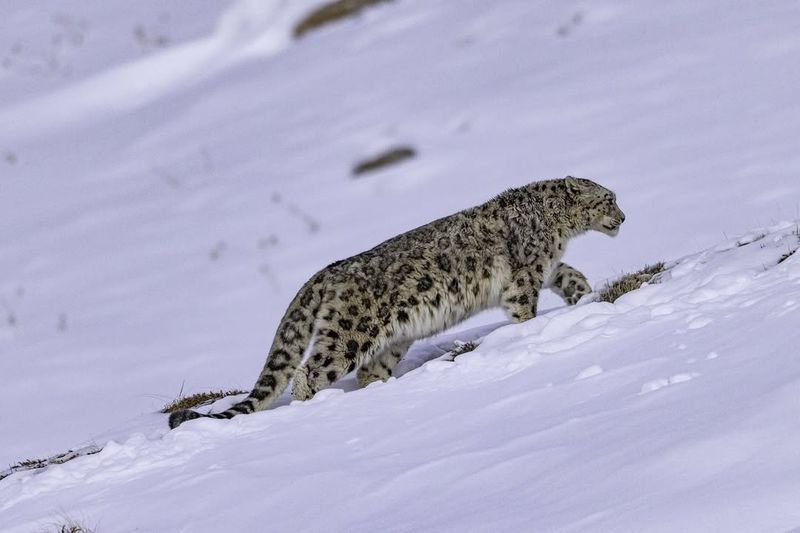
High in the rugged mountains of Central Asia, the elusive Snow Leopard roams. Known as the “ghost of the mountains,” its spotted coat provides perfect camouflage in the rocky, snowy terrain. This big cat is a master stalker, using its long, muscular tail for balance and insulation as it navigates the steep cliffs and ledges.
Snow Leopards are solitary and shy, rarely seen by humans, which only adds to their mysterious allure. Their large nasal cavities warm the icy air they breathe, while thick fur covers their underbellies, acting as a natural thermal barrier against the cold. These adaptations allow them to withstand temperatures as low as -40°F.
They primarily hunt blue sheep and ibex, displaying incredible agility and strength in their pursuit. Despite their prowess, Snow Leopards face threats from poaching and habitat loss. Conservation efforts are crucial to ensuring that future generations can appreciate these majestic creatures, who remind us of the untamed beauty and harshness of their mountainous homes.
5. Wolverine
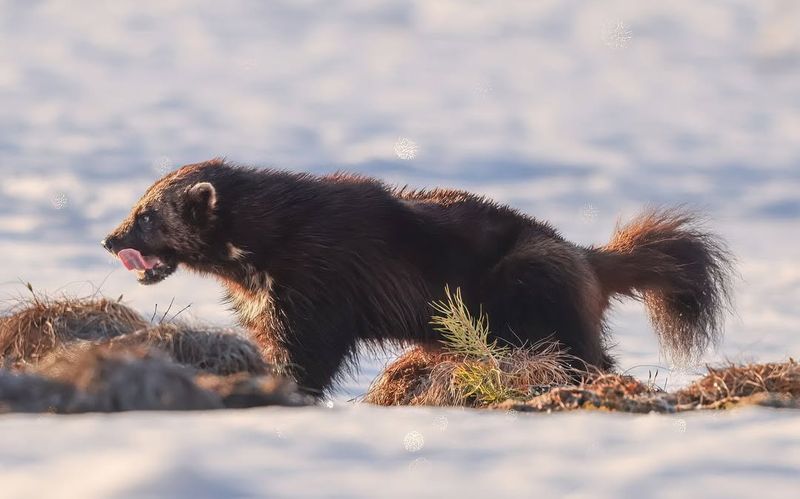
The Wolverine, a creature as fierce as its name suggests, thrives in the boreal forests and tundra. Despite its relatively small size, this animal is a formidable predator, showcasing strength and tenacity in the frozen wilderness. Its dense, water-repellent fur protects it from frost, allowing it to hunt and scavenge in the depths of winter.
With powerful jaws and sharp claws, Wolverines are adept at tearing through the thick hides of their prey. They have a unique ability to travel long distances in search of food, often covering over 15 miles in a single day. These solitary animals aren’t picky eaters, feasting on anything from carrion to small mammals.
Known for their aggressive nature, Wolverines are fearless, often scaring off larger predators to claim a meal. In the cold, harsh landscapes they call home, they are truly survivalists, embodying the spirit of resilience and adaptability. Whether fighting off competitors or navigating through snow-covered terrain, Wolverines remind us of the raw, untamed power of nature.
6. Yak
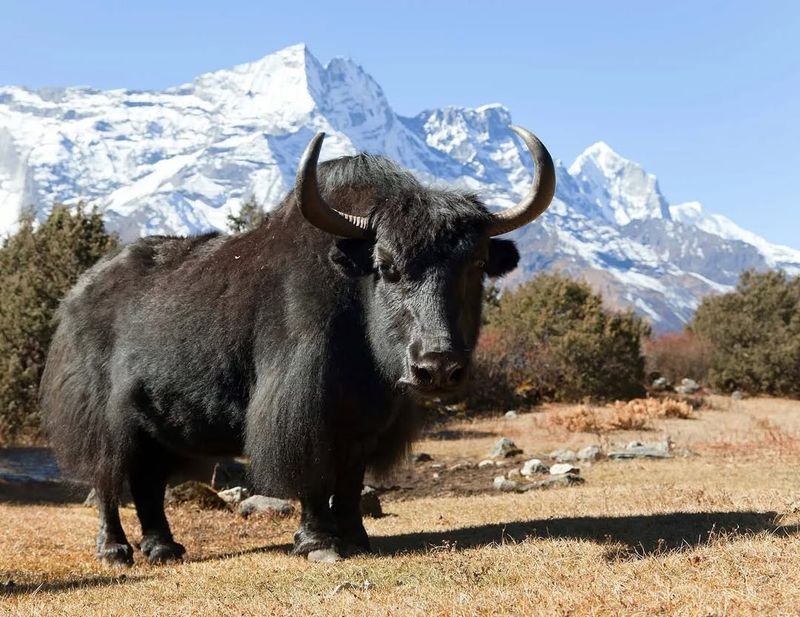
In the high-altitude regions of Tibet and the Himalayas, the Yak stands as a symbol of strength and endurance. These hardy animals are perfectly adapted to the extreme conditions of their mountain homes. Their thick, woolly coats are built for insulation, protecting them against the biting cold and high winds. With large lungs and a high red blood cell count, Yaks thrive in low-oxygen environments.
Their adaptations are not just physiological. Yaks have a keen sense of direction, often leading caravans across treacherous mountain passes. They are vital to the livelihoods of the people who live in these remote areas, providing milk, meat, and wool. Despite their massive size, Yaks are agile, able to traverse steep and rocky terrain with ease.
As climate change threatens their habitat, the resilience of the Yak is put to the test. Yet, these remarkable creatures continue to embody the spirit of survival, weathering the elements with a stoic grace that is nothing short of inspiring. In a world of snow and sky, Yaks are the unsung heroes, carrying with them the history and culture of the highlands.
7. Musk Ox
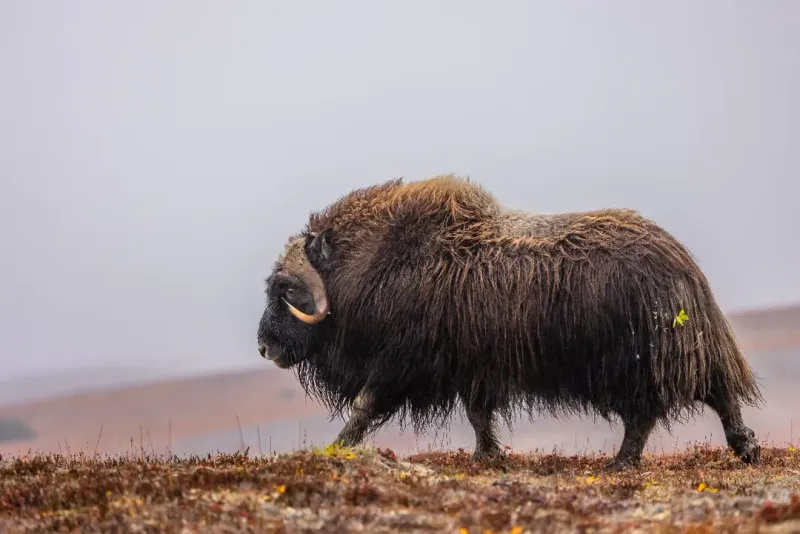
In the Arctic tundra, the Musk Ox reigns supreme with its formidable presence and unique adaptations to the cold. Its long, shaggy coat is made of two layers: a soft undercoat called qiviut, and an outer layer of guard hairs. This combination provides excellent insulation, making it one of the warmest natural fibers available.
The Musk Ox is a social creature, often traveling in herds for protection and warmth. When threatened, they form a defensive ring with their young in the center, showcasing a remarkable strategy to fend off predators. Their hooves are uniquely adapted to dig through snow, allowing them to access the vegetation beneath.
Despite their bulky appearance, Musk Oxen are agile and can swiftly navigate the snowy terrain. Their resilience is legendary, surviving temperatures as low as -50°F. As climate change impacts their environment, the Musk Ox faces new challenges, but their enduring strength and social bonds offer hope for their continued survival in the icy wilderness they call home.
8. Ptarmigan
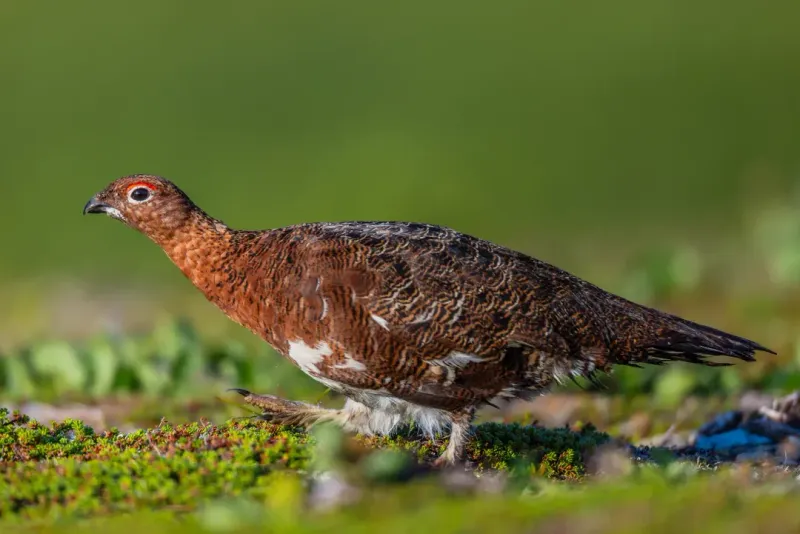
The Ptarmigan, a bird of the tundra, is a master of disguise and adaptation. Its plumage changes with the seasons, from brown in summer to pure white in winter, providing perfect camouflage against predators. This color transformation isn’t just for show—it’s a crucial survival tactic in the harsh, snowy environments it inhabits.
With feathered feet that act like snowshoes, the Ptarmigan can walk atop snowdrifts with ease. These birds are well-equipped for the cold, with dense feathers covering their bodies, even extending over their toes to keep them warm. They feed on buds, leaves, and insects, foraging in low vegetation and showing remarkable resilience in the face of scarcity.
Ptarmigans are not solitary creatures; they often gather in flocks, which provides safety in numbers. Their ability to thrive in such challenging conditions is a testament to nature’s ingenuity. Through their seasonal transformations and social structures, Ptarmigans embody the delicate balance of life in the cold, offering a glimpse into the adaptability of wildlife in extreme climates.
9. Reindeer
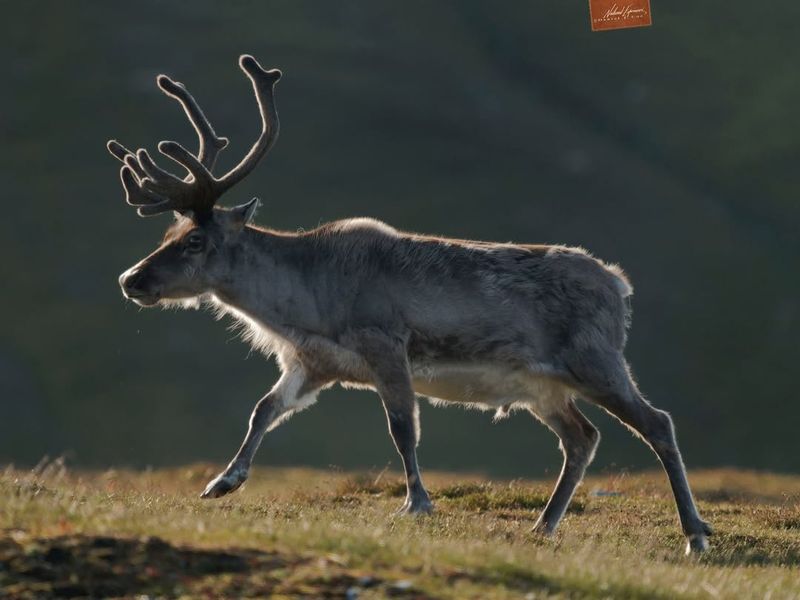
Reindeer, also known as caribou, are the quintessential creatures of the North, renowned for their migratory prowess and cultural significance. Adapted to cold climates, they boast a thick coat and a unique nasal structure that warms the cold air they breathe. Their hooves expand in summer and shrink in winter, adapting to the varying conditions of their habitats.
These animals are celebrated for their epic migrations, traveling over 3,000 miles a year in search of food. Their antlers, which are shed and regrown annually, are a symbol of their vitality and an adaptation for foraging beneath the snow. Reindeer are social creatures, forming large herds that provide protection and companionship.
In many cultures, they are more than just animals; they are part of the folklore and traditions that have thrived in the Arctic for centuries. As climate patterns shift, Reindeer face new challenges, from habitat changes to food scarcity. Yet, their enduring spirit and adaptability continue to inspire, reminding us of the intricate connections between wildlife and the environments they inhabit.
10. Siberian Salamander
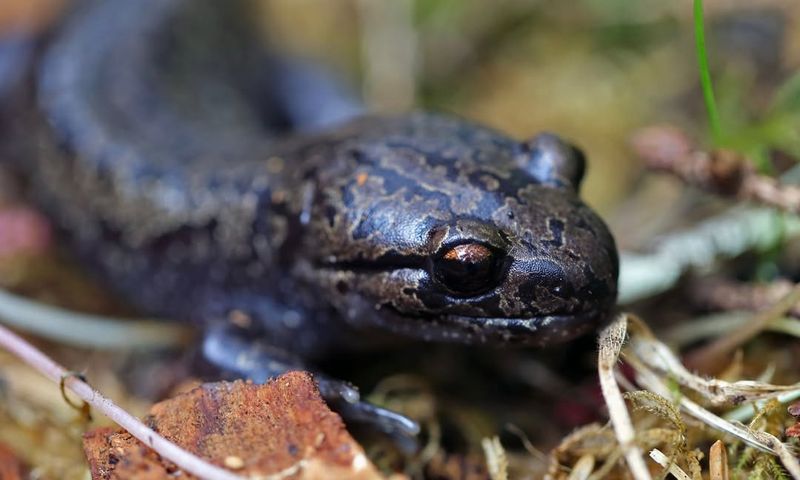
The Siberian Salamander is a creature of extremes, capable of surviving conditions that would be lethal to most. Found in the icy regions of Siberia, this amphibian has developed an extraordinary survival tactic: it can withstand being frozen solid. Cryoprotectants in its body fluids prevent ice from forming within its cells, allowing it to survive temperatures as low as -40°F.
When the ground thaws, the Siberian Salamander thaws with it, returning to life as if by magic. This remarkable adaptation allows it to remain dormant for years, waiting for favorable conditions to emerge. It’s a testament to nature’s ability to innovate, finding ways to endure even the harshest climates.
Despite their resilience, Siberian Salamanders face threats from habitat destruction and climate change. Preserving their environments is crucial to ensuring their survival. In a world where ice can be both friend and foe, these amphibians are a marvel of biological engineering, reminding us of the wonders that lie hidden beneath the frost.
11. Alaskan Wood Frog
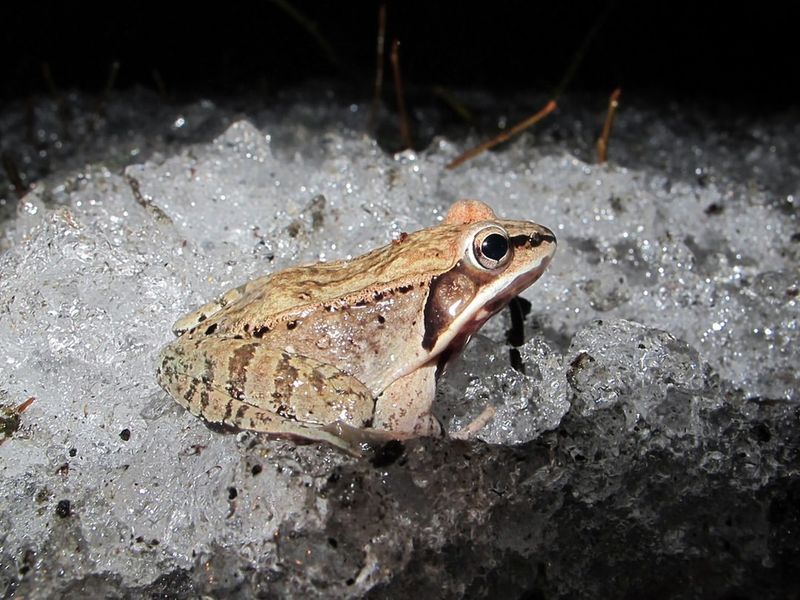
In the frozen landscapes of Alaska, the Wood Frog defies the odds with its unique ability to survive freezing temperatures. This small amphibian can enter a state of suspended animation, allowing its body to freeze over winter. Ice forms around its organs, but thanks to glucose in its cells, the insides remain unfrozen.
Come spring, the Wood Frog thaws and resumes its life as if nothing happened. This incredible feat is comparable to nature’s pause button, enabling the frog to endure months of winter. Scientists study these frogs to understand how they manage to escape the icy grip of hibernation without damage.
Their habitats are threatened by climate change, with shifting temperatures impacting their breeding cycles. Despite these challenges, the Alaskan Wood Frog remains a symbol of resilience, showcasing the extraordinary adaptations that life on Earth can achieve. In a world where the cold holds sway, these frogs are an inspiring example of nature’s ingenuity.
12. Bald Eagle
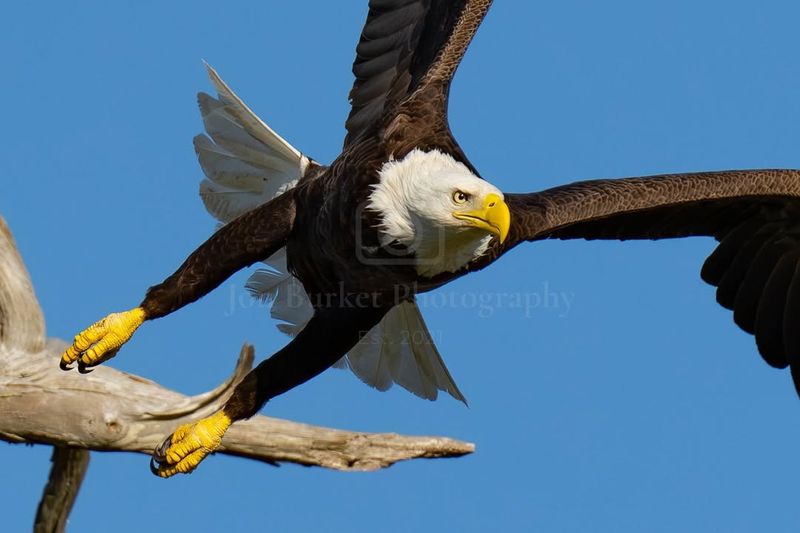
The Bald Eagle, a symbol of strength and freedom, is also a master of survival in cold climates. Found across North America, these majestic birds have adapted to life in frigid environments. Their feathers provide excellent insulation, while their keen eyesight allows them to spot prey from great distances, even in snowy landscapes.
During winter, Bald Eagles may migrate to areas where food is more plentiful, but many remain in colder regions, relying on open water sources to hunt fish. They are opportunistic feeders, also preying on small animals and scavenging carrion to sustain themselves through the lean months.
Their nests, often located in tall trees, are massive and can be used year after year, showcasing their dedication to family and territory. As the national bird of the United States, the Bald Eagle carries cultural and symbolic significance, embodying resilience and freedom. In the chill of winter, they are a reminder of the indomitable spirit of wildlife, soaring high against the icy winds.
13. Norwegian Lemming
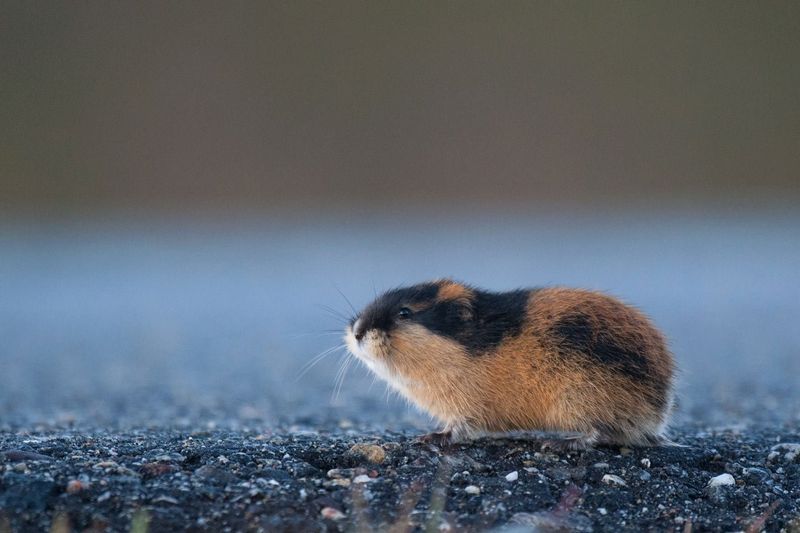
The Norwegian Lemming, a small but mighty rodent, is a creature of the Arctic tundra known for its robust survival tactics. With thick fur and a stocky build, these lemmings are well-equipped to handle the cold. They create extensive burrow systems beneath the snow, providing shelter and a network for accessing food.
Lemmings are active year-round, feeding on grasses, mosses, and lichens, even beneath the snow. Their populations fluctuate dramatically, often leading to mass migrations in search of new habitats. This phenomenon has contributed to the myth of lemming “suicide,” though it’s simply an adaptation to ensure survival.
These rodents play a crucial role in the ecosystem, serving as prey for various predators. Despite their size, Norwegian Lemmings are feisty, known to defend their territory vigorously. Their ability to thrive in some of the harshest conditions on Earth is a testament to nature’s resilience, highlighting the delicate balance of life in the Arctic.
14. Tufted Puffin
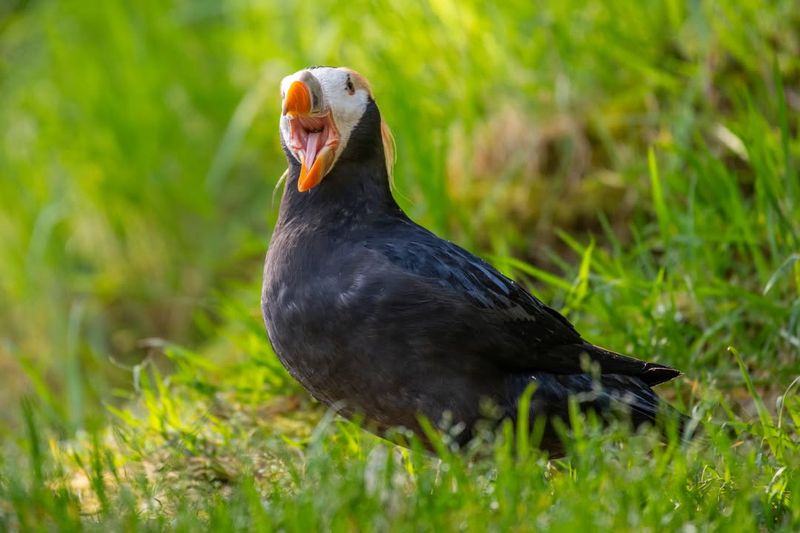
The Tufted Puffin, a charismatic seabird, is known for its striking appearance and cold-weather resilience. Found along the North Pacific coasts, these birds are adept at handling icy conditions. Their waterproof feathers and layer of fat provide insulation, allowing them to thrive in cold, marine environments.
With a diet primarily of fish, Tufted Puffins are exceptional divers, capable of reaching depths of over 60 meters. They use their wings to “fly” underwater, showcasing remarkable agility. During breeding season, they return to coastal cliffs, digging burrows where they lay their eggs, ensuring protection from the elements.
Tufted Puffins are social birds, often found in large colonies that provide safety in numbers. Their vibrant beaks and tufted crests are not only for show but play a role in courtship displays. These seabirds embody the spirit of the ocean, demonstrating the adaptability required to survive in both air and sea. As climate change impacts marine ecosystems, Tufted Puffins face new challenges, but their resilience offers hope for the future of these captivating birds.
